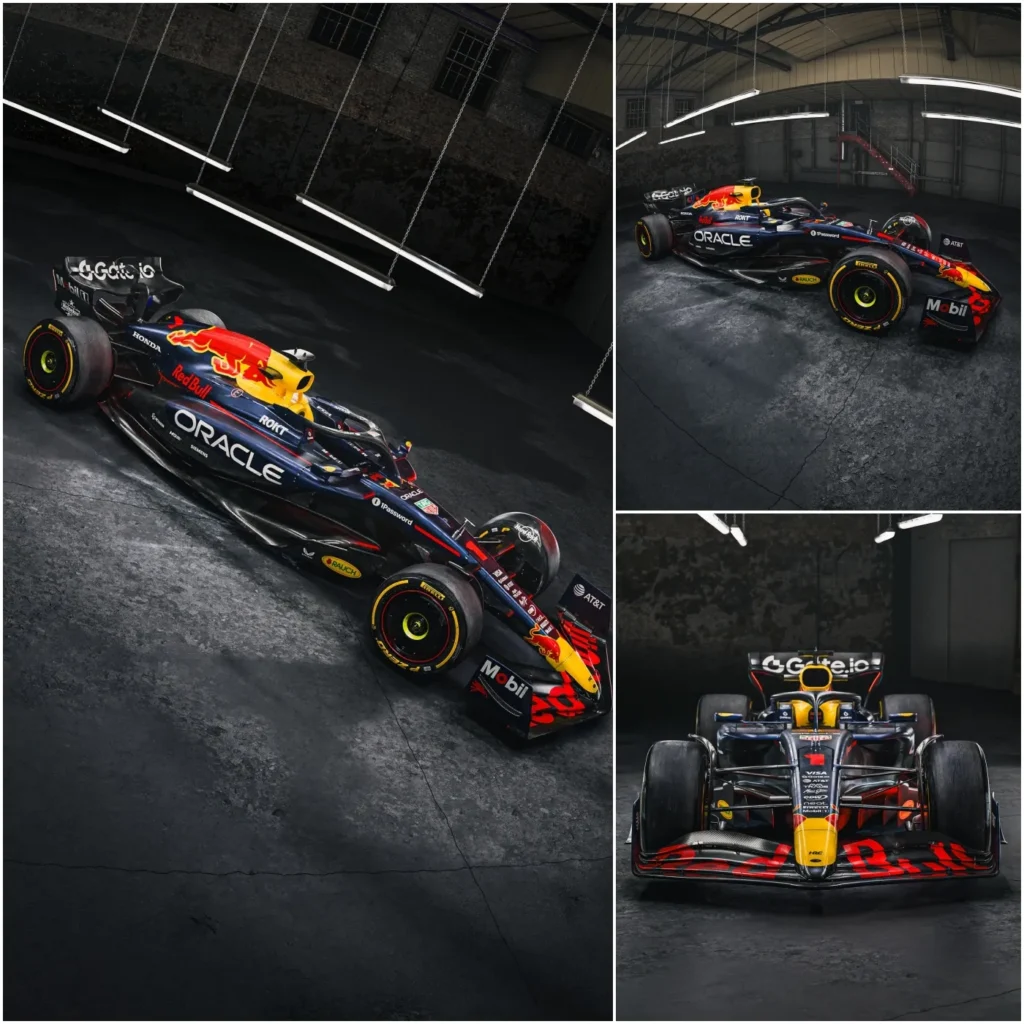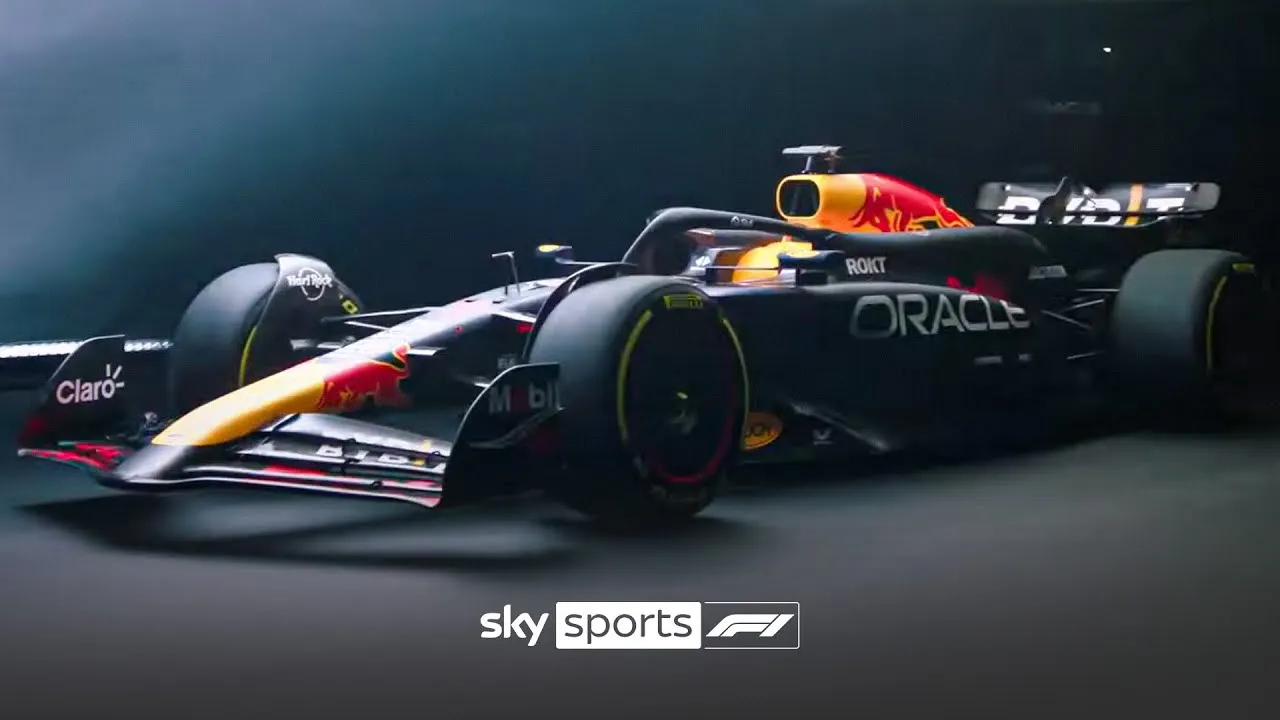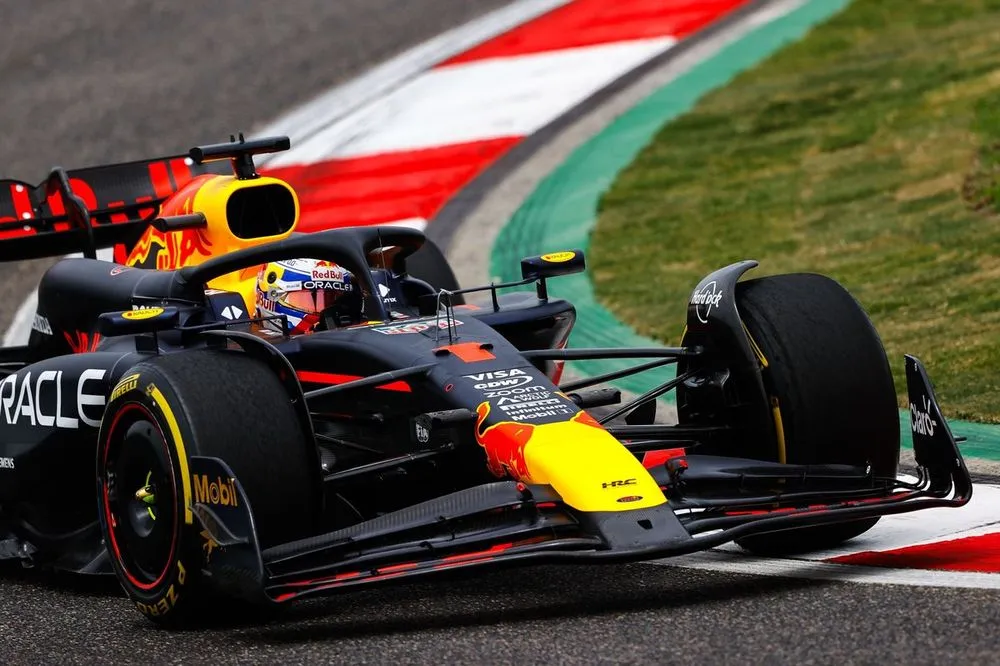Max Verstappen’s battle plowing machine has been revealed.

The Formula 1 landscape is evolving at breakneck speed, and as we gear up for the 2025 season, one of the biggest talking points is Red Bull Racing’s latest weapon: the RB21. Following their dominant run with the RB19 and a slightly more contested 2024 campaign with the RB20, the question on everyone’s mind is: Can the RB21 keep Red Bull at the pinnacle of Formula 1, especially without the financial backing of Bybit?
Before we dive into whether the RB21 will be a rocket ship or a mere mortal machine, let’s break down the key differences between Red Bull’s 2025 car and its predecessor.
One of the biggest shifts in F1 heading into 2025 is yet another round of aerodynamic regulation tweaks. The FIA, in their eternal quest for closer racing and reduced dominance, have tightened the floor regulations and tweaked wing designs to lessen the advantage of teams like Red Bull, who have mastered ground effect aerodynamics.
RB20 vs. RB21: What’s Different?
-
More Drag? The RB20 thrived on Adrian Newey’s genius aero work, maximizing efficiency without losing straight-line speed. The 2025 rules might force Red Bull to rethink their approach, potentially making the RB21 less of a bullet on the straights.
-
Revised Sidepod Design – With cooling efficiency being a focus, expect a different look compared to the aggressive undercut seen in the RB20.
-
Ground Effect Nerfs? Red Bull’s underfloor wizardry might be less effective in 2025 due to stricter FIA oversight.
Will Newey pull another rabbit out of the hat, or will the RB21 finally show some weaknesses?

The RB20 was a beast in terms of power unit reliability and efficiency. But Honda’s gradual transition out of Red Bull’s F1 project has left many wondering if the same magic can be maintained for 2025.
Key Powertrain Concerns for the RB21
-
Will Red Bull’s Engine Department Step Up? With Red Bull Powertrains taking on more responsibility, there are valid concerns about performance reliability.
-
Is the Energy Recovery System a Weakness? Red Bull will need to perfect their ERS to stay ahead of a fast-improving Ferrari and Mercedes powertrain development.
-
Weight Reduction Gains – Can Red Bull trim any excess fat without compromising power delivery?
Without Honda’s direct involvement, the RB21’s engine department will be under immense scrutiny. Is this where cracks begin to show?
Here’s the juicy, potentially controversial part. Red Bull is losing Bybit as a major sponsor in 2025. That means millions of dollars of funding gone, and while they aren’t exactly strapped for cash, could this create a ripple effect?
-
Less Budget for R&D? Red Bull has been pumping resources into their own power unit project. Could this loss of sponsorship force them to reallocate resources?
-
Impact on Aerodynamic Upgrades? Mid-season developments often separate champions from challengers. With a slightly lighter wallet, will Red Bull struggle to maintain their relentless update pace?
-
No More Crypto Hype? The Bybit deal was a significant one in the crypto space. Will Red Bull lose some of their “tech-bro” fanbase without the crypto branding?
Christian Horner might downplay the loss of Bybit, but in the ruthless world of F1, every financial advantage matters.
The RB20 was largely Max Verstappen’s playground, with the Dutchman extracting every ounce of performance from the car while Sergio Pérez struggled to keep up. If the RB21 is trickier to handle, Red Bull’s dependence on Max could become a bigger issue.
Potential Red Flags for Red Bull
-
Perez’s Form: If he remains at Red Bull, can Checo deliver consistently? If not, will the team risk putting too much pressure on Verstappen?
-
Driver Market Rumors: There have been whispers about Max’s long-term commitment if Red Bull stumbles in 2025.
-
Competitors Closing In: Ferrari and Mercedes are hungry, and McLaren is making massive strides. The RB21 might not have the luxury of being “comfortably ahead” anymore.
If Verstappen has to drag an imperfect RB21 to victory, 2025 could be his toughest season yet.
Red Bull has been at the center of F1’s biggest political battles in recent years, and 2025 looks no different. The FIA’s regulatory changes seem suspiciously targeted at slowing them down, while their budget cap monitoring remains a looming threat.
Expect More of This in 2025:
-
More Scrutiny on Red Bull’s Cost Cap Compliance – Will the FIA tighten the screws further?
-
More Strictness on Upgrades – Any innovation from Newey’s camp will be under the microscope.
-
The Horner Factor – Christian Horner is never afraid to play mind games. Expect fireworks if Red Bull feels unfairly targeted.

The RB21 is shaping up to be Red Bull’s most challenging car in years, not because it won’t be fast, but because the competition is finally catching up, regulations are changing, and financial shifts could play a role.
Best-Case Scenario:
-
Adrian Newey finds a way to bend (but not break) the new rules, delivering another dominant machine.
-
Red Bull Powertrains nails their engine transition.
-
Verstappen maintains his peak form, keeping Red Bull clear of Ferrari and Mercedes.
Worst-Case Scenario:
-
The RB21 is harder to drive, exposing a weakness Red Bull hasn’t had in years.
-
Ferrari and Mercedes take the fight to them, leading to a three-way title battle.
-
The loss of Bybit is felt more than expected, restricting Red Bull’s development.
One thing’s for sure: 2025 won’t be a walk in the park. The RB21 will either be the car that solidifies Red Bull’s dynasty—or the one that exposes their vulnerabilities for the first time in years.
F1 fans, get ready. This could be the most dramatic season yet. Do you think Red Bull will stay ahead in 2025, or is the writing on the wall?




